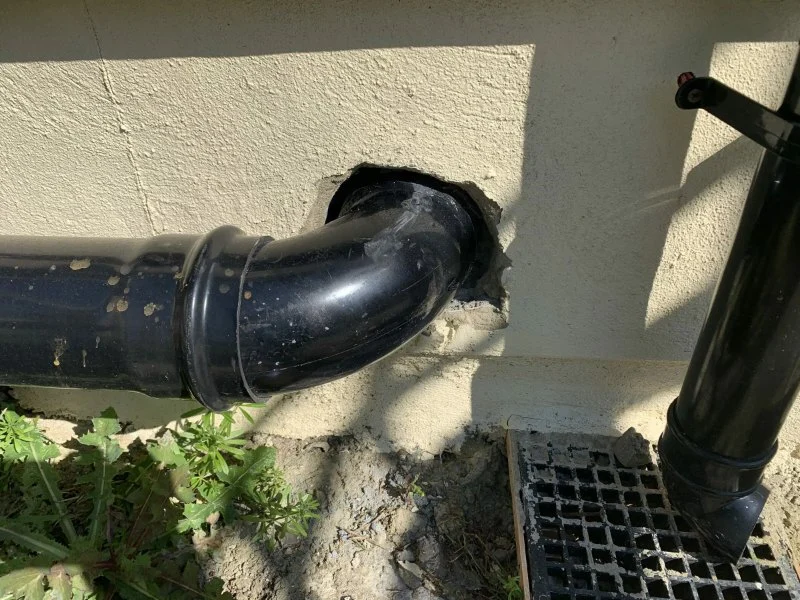
- 1- The Importance of Sealing Pest Entry Points
- 2- Identifying Pest Entry Points at Foundation Corners
- 3- How to Seal Pest Entry at Foundation Corners
- 4- Best Materials for Sealing Foundation Corners
- 5- Prevention Tips to Keep Pests Out Long-Term
1. The Importance of Sealing Pest Entry Points
When it comes to keeping your home safe from pests, foundation corners are a critical area that should not be overlooked. These entry points are often where pests like rodents, insects, and even small wildlife can enter your home, leading to potential damage, contamination, and health risks. Sealing these points is not only important for preventing immediate pest problems but also for maintaining the structural integrity of your property over time.
By properly sealing the foundation corners, you can reduce the likelihood of pests infiltrating your living spaces, ensuring a healthier, more comfortable environment. In this article, we will guide you through the process of identifying and sealing pest entry points at foundation corners, so you can take proactive steps to protect your home.
2. Identifying Pest Entry Points at Foundation Corners
The first step in preventing pest entry is identifying where these pests are gaining access. Foundation corners are often a prime area for entry due to cracks, gaps, and other vulnerabilities. Here’s how to spot these potential entry points:
- 1. Inspect for Visible Cracks and Gaps: Walk around the perimeter of your house and closely inspect the foundation corners for any visible cracks, holes, or gaps in the wall or foundation.
- 2. Check Around Windows and Doors: Ensure that windows and doors near the foundation are sealed properly. Gaps around frames or poorly sealed edges can create an easy pathway for pests.
- 3. Look for Moisture Issues: Excess moisture near the foundation can attract pests such as termites or ants. Check for water pooling around foundation corners or signs of moisture damage.
- 4. Check for Signs of Previous Infestations: Look for droppings, chewed materials, or nests, which may indicate a past infestation. These signs can also help identify active entry points.
3. How to Seal Pest Entry at Foundation Corners
Once you've identified potential pest entry points, it’s time to take action. Sealing foundation corners properly will prevent pests from gaining access and ensure your home stays pest-free. Here’s a step-by-step guide on how to seal pest entry points at foundation corners:
- 1. Clean the Area: Before sealing any cracks or gaps, make sure the area is clean and dry. Remove any dirt, debris, or old sealant, which can interfere with the new sealant.
- 2. Fill the Gaps with Caulk: For small cracks or gaps, use a high-quality caulk or silicone sealant. Apply it generously to fill the gap, and smooth the surface with a putty knife.
- 3. Use Expanding Foam for Larger Gaps: For larger cracks, use expanding foam, which can fill larger voids and hard-to-reach areas. Be sure to trim any excess once it has dried.
- 4. Install Weatherstripping: For gaps around windows and doors, install weatherstripping to create a tight seal and prevent pests from sneaking in through these areas.
- 5. Repair or Replace Damaged Foundation: If you find significant damage to the foundation, such as large cracks or gaps that cannot be sealed effectively, consider repairing or replacing damaged sections to prevent further issues.
4. Best Materials for Sealing Foundation Corners
The effectiveness of your sealing efforts depends on using the right materials. Here are some of the best materials to use when sealing pest entry points at foundation corners:
- 1. High-Quality Caulk: Silicone or polyurethane-based caulk is ideal for sealing small cracks and gaps in foundation corners. It’s flexible, durable, and water-resistant.
- 2. Expanding Foam: Expanding foam is perfect for filling larger gaps or holes. It expands to fill the void and hardens into a durable barrier against pests.
- 3. Steel Wool: For areas that require a more rigid seal, steel wool can be combined with caulk to block larger gaps, particularly around pipes or vent openings.
- 4. Concrete Patch or Mortar: For extensive foundation damage or larger cracks, concrete patch or mortar can be used to fill the gaps before applying a sealant.
5. Prevention Tips to Keep Pests Out Long-Term
While sealing foundation corners is an effective first step, there are additional measures you can take to ensure pests don’t return. Here are some key prevention tips:
- 1. Maintain Proper Drainage: Ensure that water flows away from the foundation. Use downspouts and gutters to direct water away from your home and avoid creating conditions that attract pests.
- 2. Inspect Regularly: Perform regular inspections around your home, especially after heavy rains or seasonal changes, to spot new cracks or gaps that may have developed.
- 3. Trim Vegetation: Keep plants, shrubs, and trees trimmed away from the foundation. Overgrown vegetation can create a pathway for pests to enter your home.
- 4. Install Mesh Screens: If you have vents or other openings near the foundation, consider installing mesh screens to block pest entry while allowing ventilation.
By sealing foundation corners and taking proactive pest control measures, you can protect your home from unwanted intruders. If you’re looking for more tips or need professional assistance with sealing and pest prevention, visit PestControlHub for expert services and products.


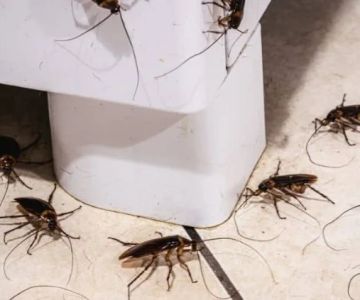

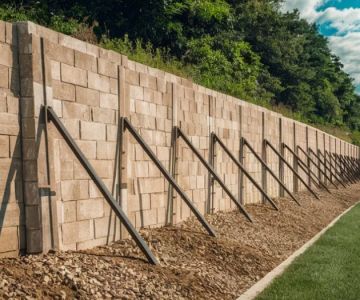
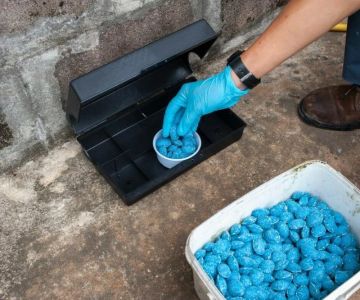
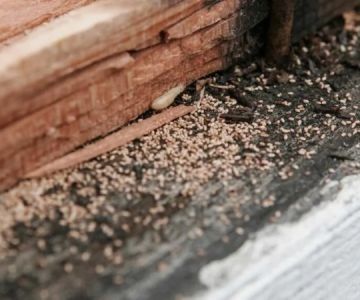

 Primax Pest Control3.0 (11 reviews)
Primax Pest Control3.0 (11 reviews) Mosquito Joe of Kentuckiana4.0 (98 reviews)
Mosquito Joe of Kentuckiana4.0 (98 reviews) Presto-X Pest Control0.0 (0 reviews)
Presto-X Pest Control0.0 (0 reviews) St. Peter Pest Control5.0 (42 reviews)
St. Peter Pest Control5.0 (42 reviews) No'squito Pest Solutions5.0 (90 reviews)
No'squito Pest Solutions5.0 (90 reviews)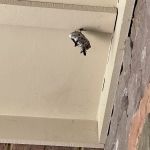 Northwest Exterminating - Laurens4.0 (101 reviews)
Northwest Exterminating - Laurens4.0 (101 reviews) How to Use Preventative Barriers in Crawlspaces – Expert Home Protection Guide
How to Use Preventative Barriers in Crawlspaces – Expert Home Protection Guide How to Clean Surfaces After Pest Treatments – A Complete Guide
How to Clean Surfaces After Pest Treatments – A Complete Guide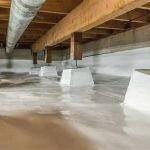 How to Use Traps in Crawlspaces Safely: A Comprehensive Guide
How to Use Traps in Crawlspaces Safely: A Comprehensive Guide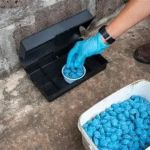 How to Use Tamper-Resistant Bait Stations: A Guide for Effective Pest Control
How to Use Tamper-Resistant Bait Stations: A Guide for Effective Pest Control How to Choose Between Different Pest Control Methods: A Complete Guide
How to Choose Between Different Pest Control Methods: A Complete Guide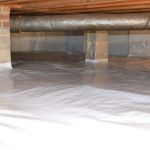 How to Keep Crawlspaces Dry and Pest-Free: Essential Tips
How to Keep Crawlspaces Dry and Pest-Free: Essential Tips